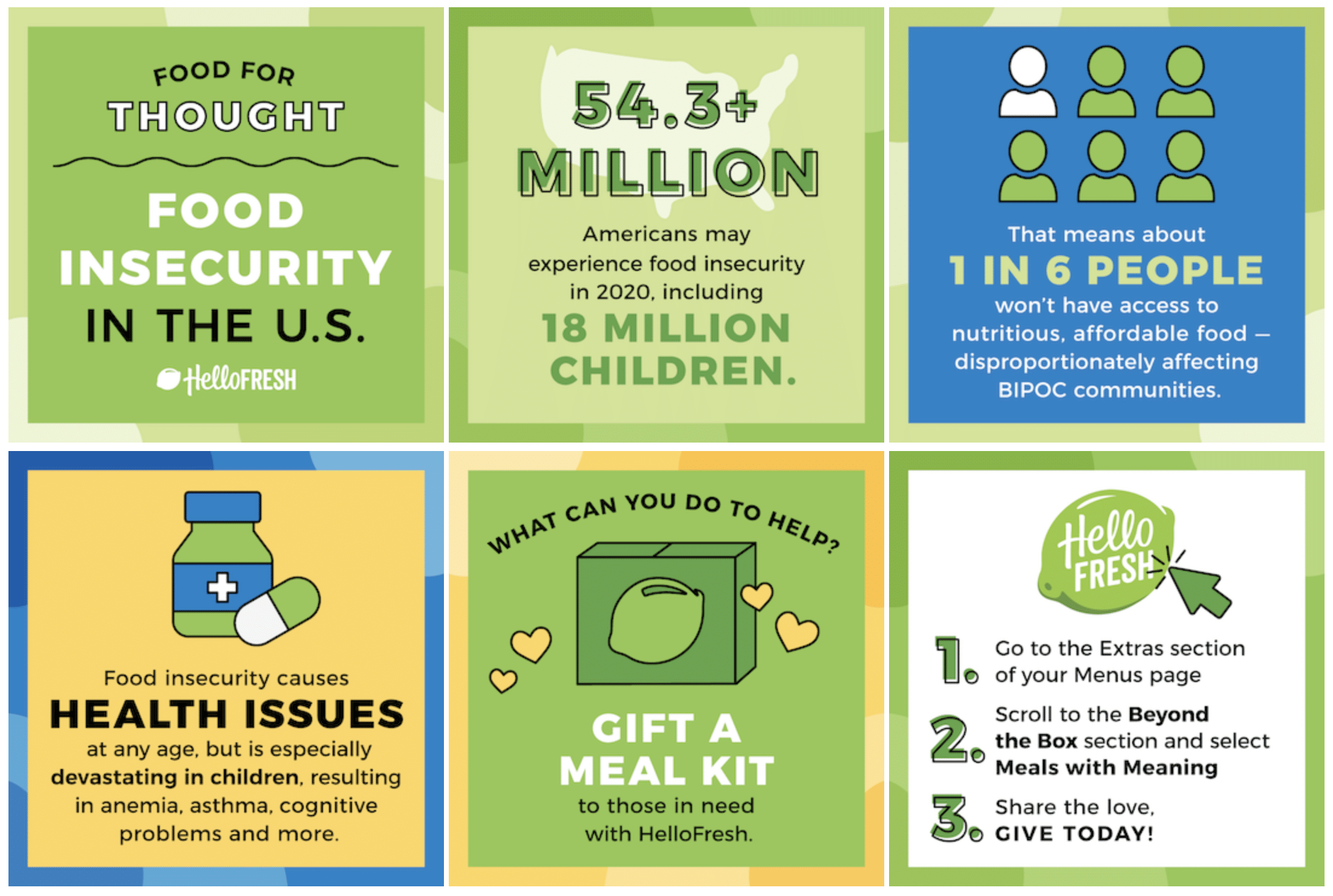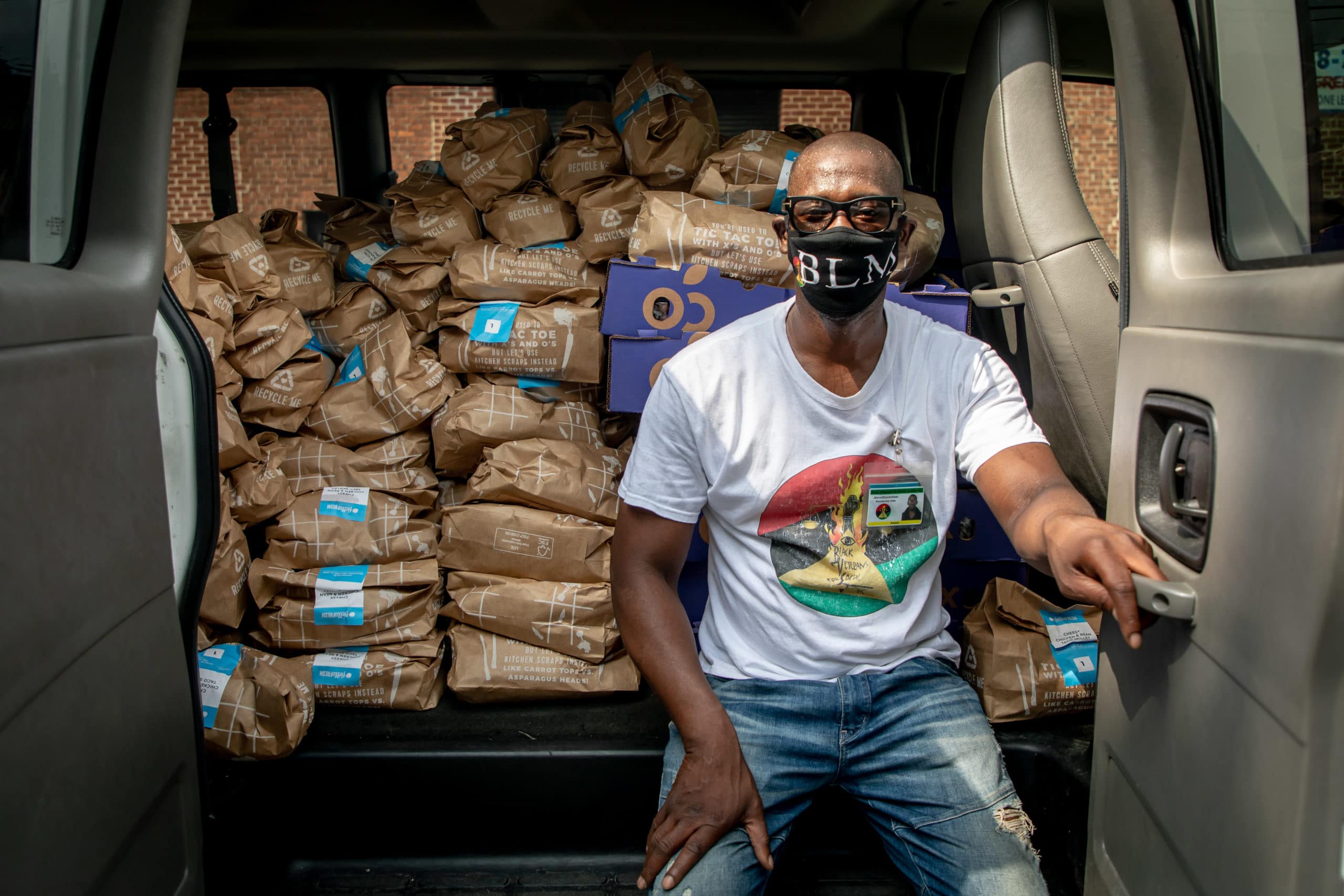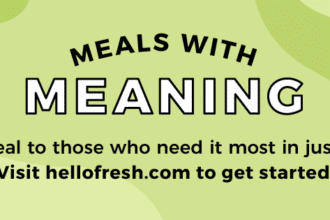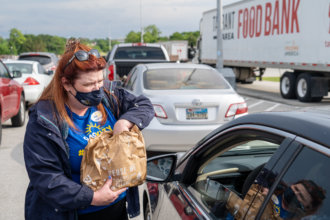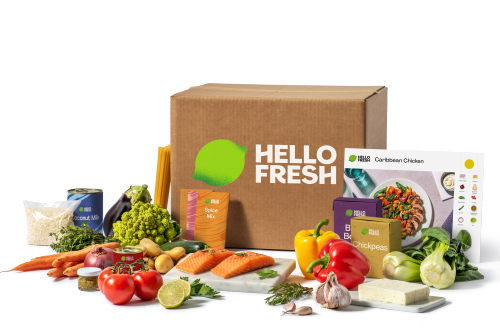The Scary Reality of Food Insecurity October 30, 2020
For us, and many Americans, dinnertime has become a much needed moment of normalcy and comfort in an otherwise chaotic time. But we also remember the 54+ million Americans facing food insecurity this year.
Food insecurity, or the lack of access to enough nutritious food to sustain a healthy life, has always affected millions of Americans. Since COVID-19 hit the U.S., however, that number has nearly doubled. An estimated 54+ million Americans have experienced, or will experience, food insecurity in 2020.
It’s clear that the state of our economy and the recent rise in unemployment have each played a major part in increasing food insecurity across the country. However, low income and unemployment are not the only risk factors. BIPOC (Black, Indigenous, and people of color) communities are disproportionately affected by food insecurity, and are twice as likely to experience it compared to white Americans. Additionally, disabled adults—specifically those unable to work—experience food insecurity at 2x the rate of their able-bodied and neurotypical peers. Food insecurity in adults can lead to health conditions like cardiovascular disease and diabetes, and since many of those experiencing food insecurity are also living in fear, negative mental health implications are likely to develop. This starts a vicious cycle of having to buy medication for health problems, which leaves less money for food, leading to greater food insecurity, and so on.
Although food insecurity has negative health implications at any age, the scariest may be the effects it has on children. Households with children are more likely to experience food insecurity, and with schools being closed due to the pandemic, families are struggling even more. Of the 54+ million Americans experiencing food insecurity this year, ~18 million are children. The devastating health implications on children include anemia, asthma, and cognitive problems, as well as mental health issues such as depression and anxiety.
Food insecurity is a very real, very scary reality that has left us wondering, how can we help? Now more than ever, we have a responsibility to tackle this ever-growing issue in our country. That’s why HelloFresh has already donated over 500,000 meals to underserved communities in 2020, and we’re planning to do so much more.
Wondering what you can do to help fight food insecurity? Sharing information on social media, like our Food for Thought infographics, is a great way to start spreading awareness. You can also get involved with donating meals through our Meals with Meaning program. It takes less than a minute to give a meal to someone in need by going to the ‘Extras’ section of your menu page, scrolling to ‘Beyond the Box’ and selecting ‘Meals with Meaning’. Your donation will make an impact in the fight against food insecurity by providing a meal kit to those who need it most.
Interested in learning about other causes we care about? Check out Why HelloFresh is Offsetting 100% of our Carbon Emissions.


